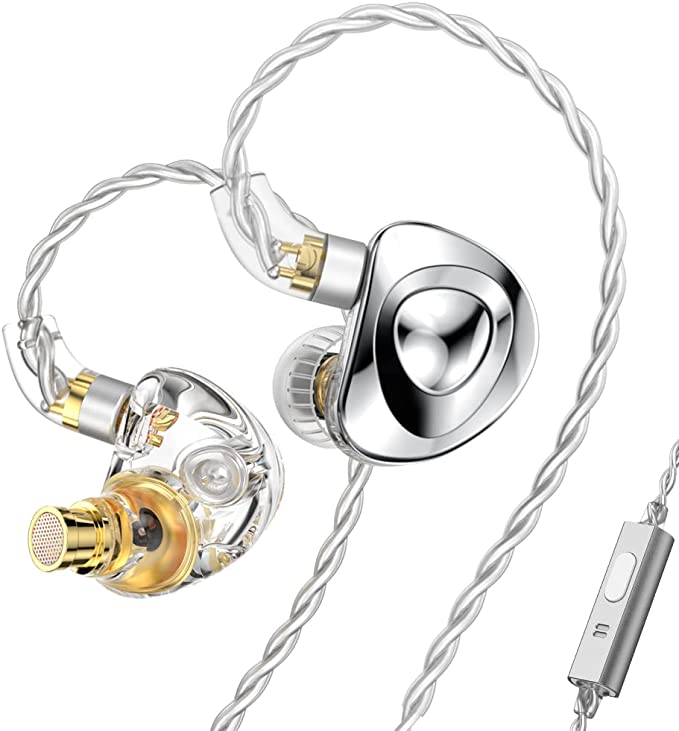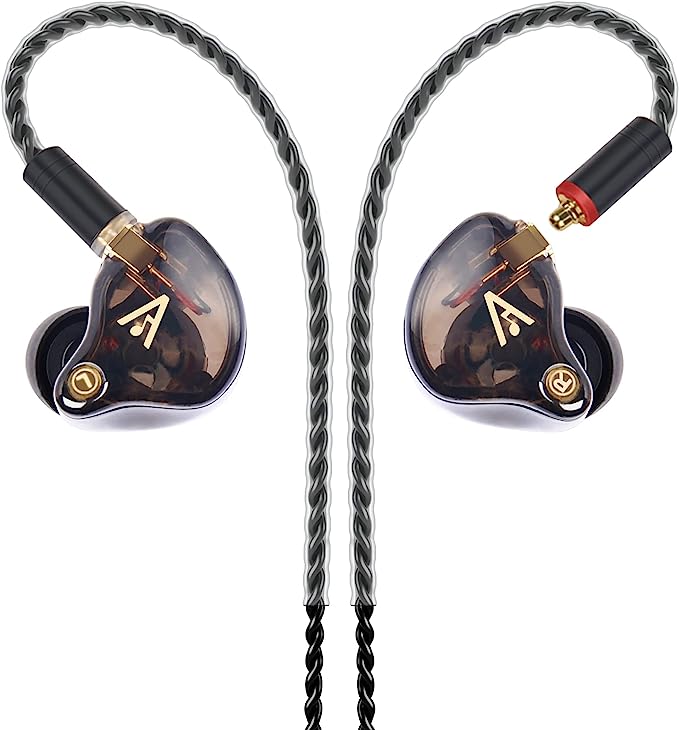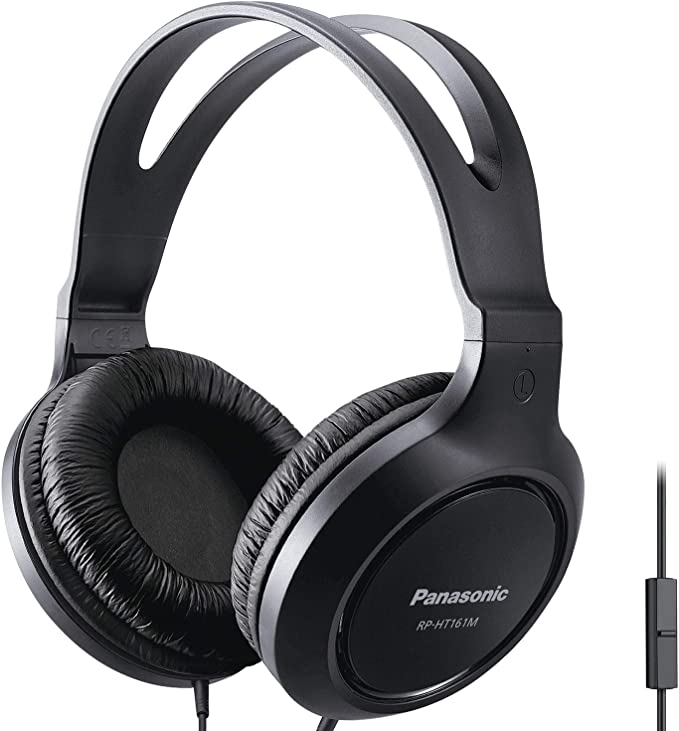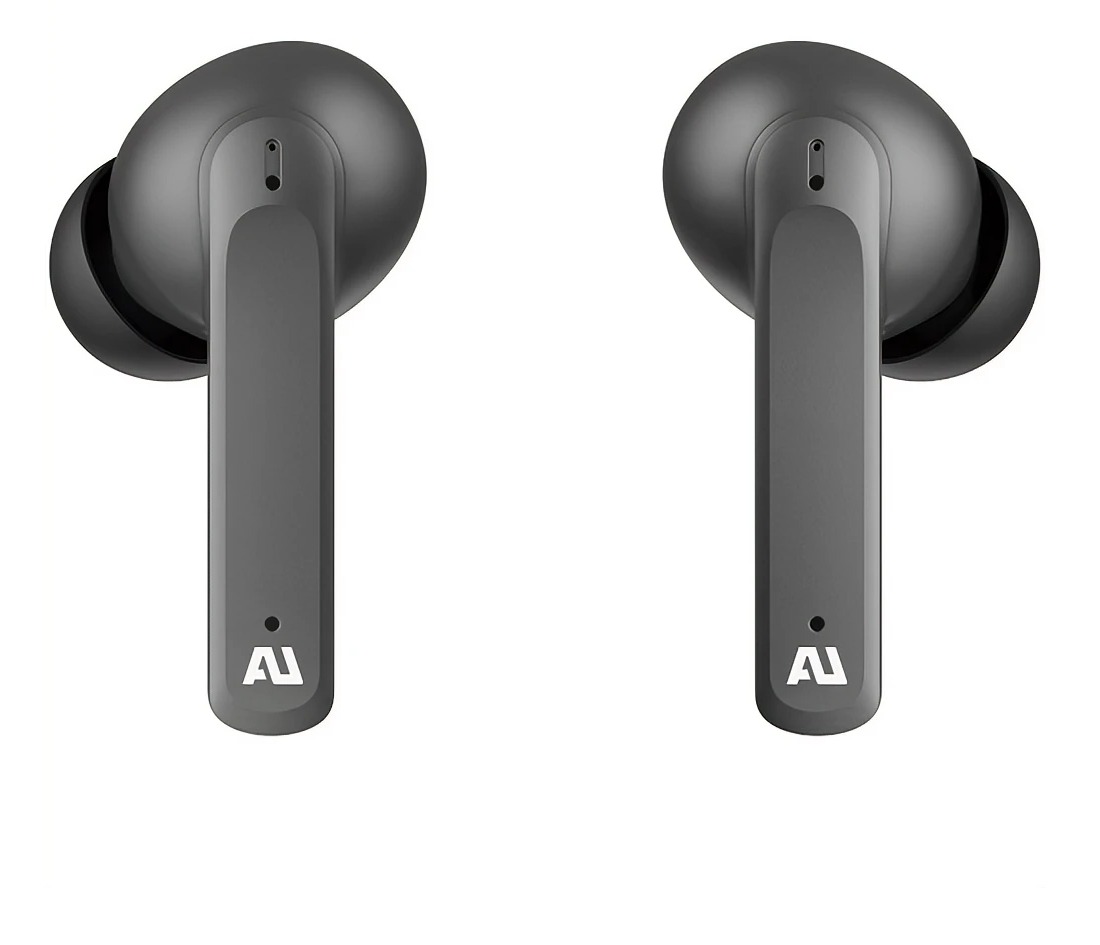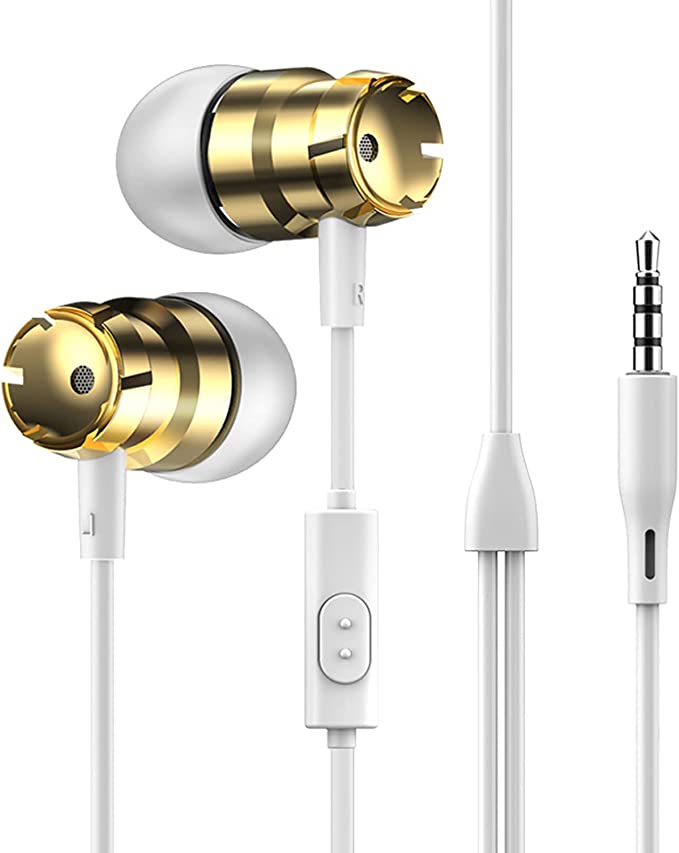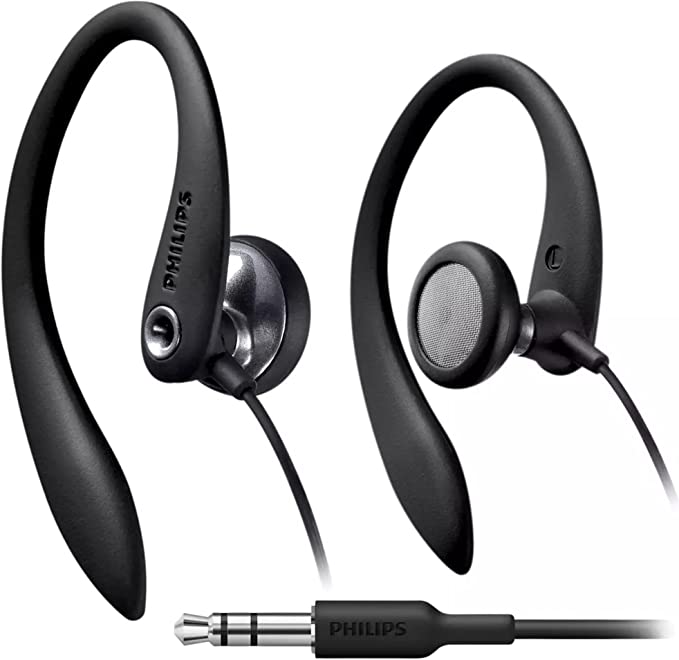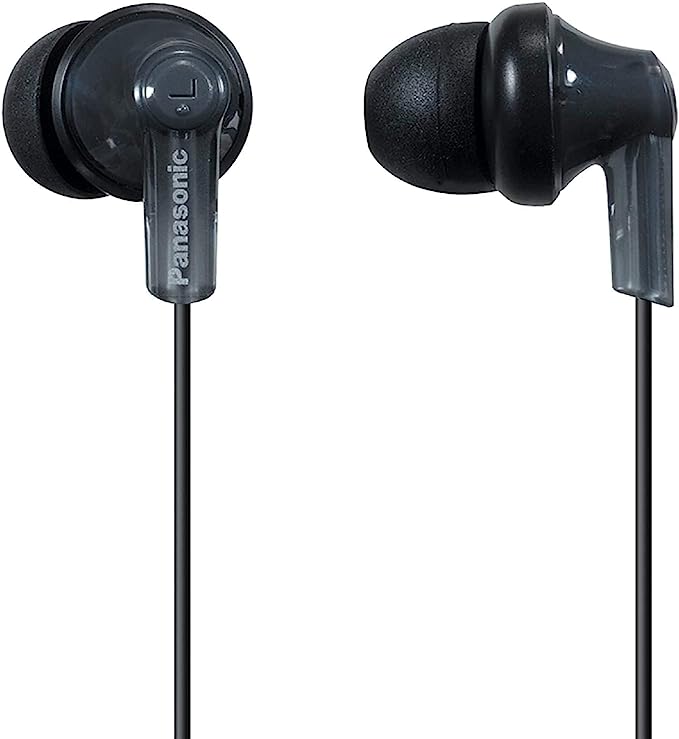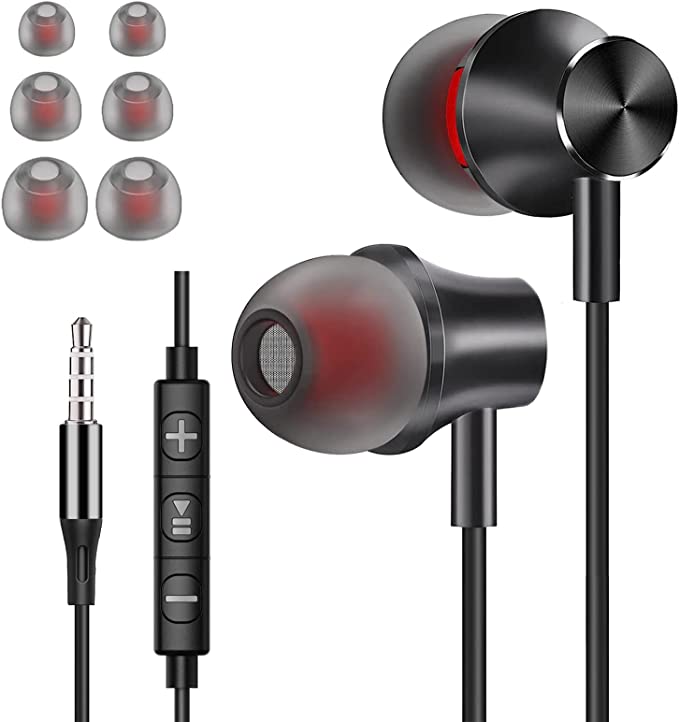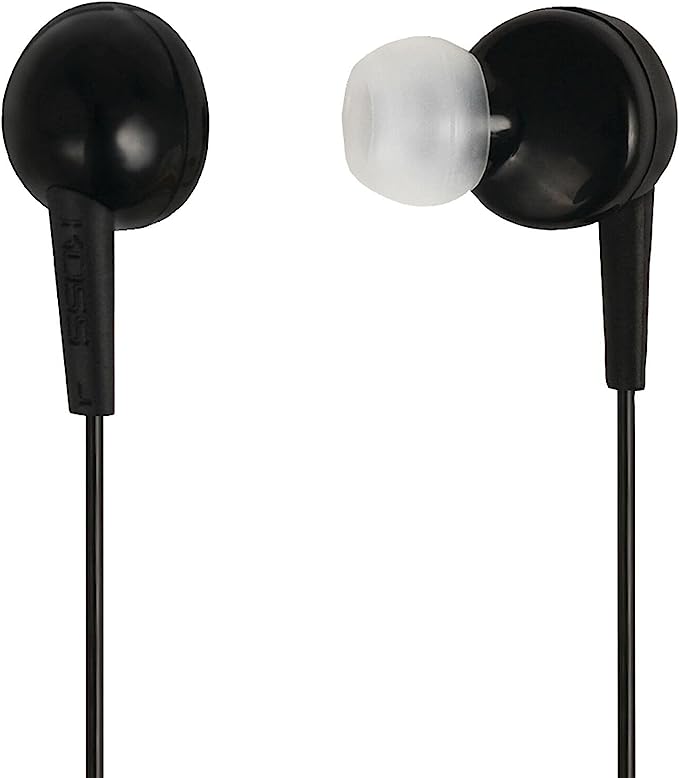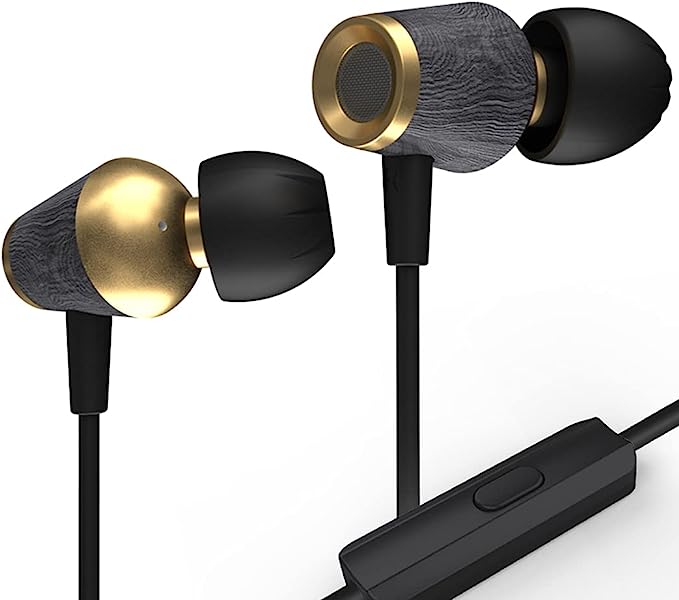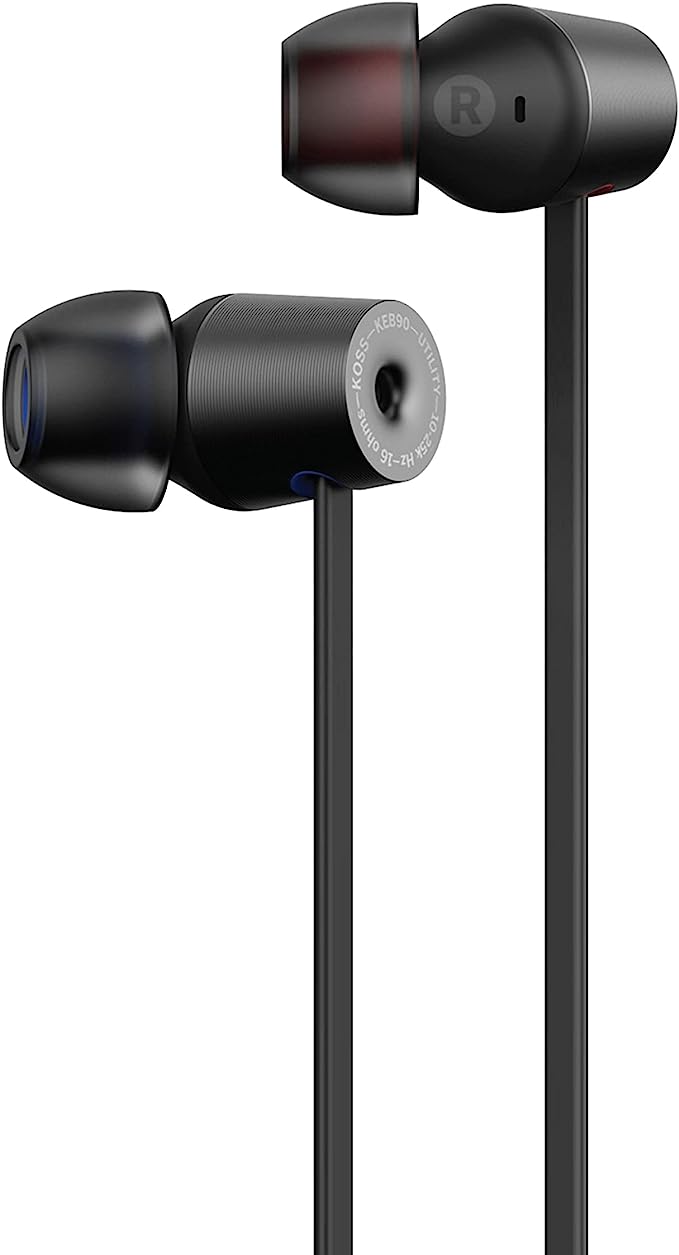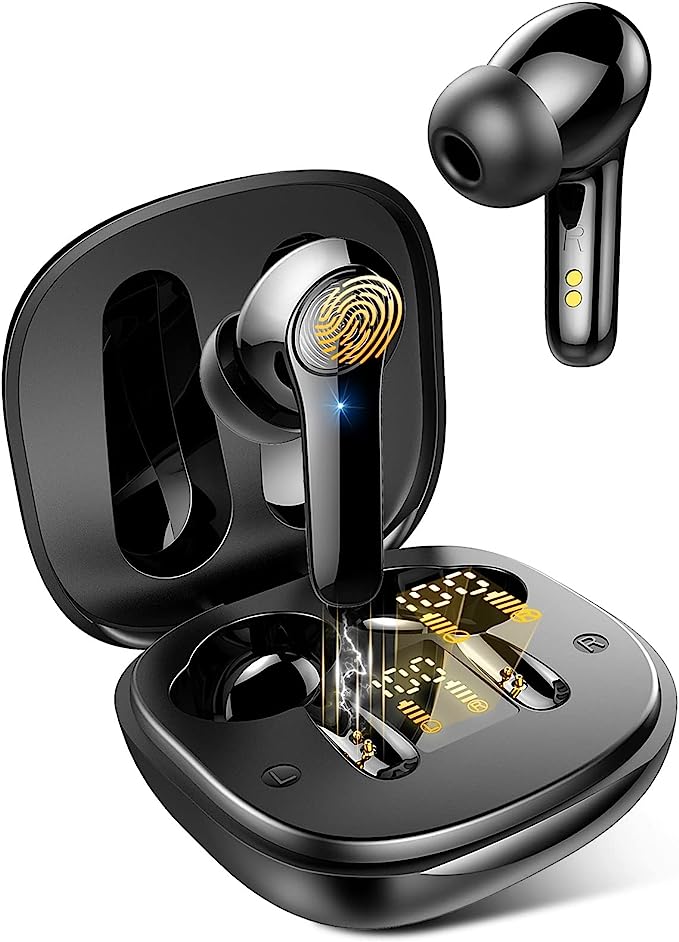Marshall Mode EQ: Your Guide to In-Ear Headphone Sound Customization
Update on Sept. 23, 2025, 7:19 a.m.
Have you ever felt a shiver run down your spine during the opening chords of a favorite song? Or found yourself tapping your foot to a bassline so infectious it feels like it’s part of your own heartbeat? Sound is a deeply personal, almost magical experience. Yet, have you ever played that same perfect song on a different set of speakers or headphones and found the magic… gone? The shiver is absent, the bassline a dull thud.
This isn’t a failure of the music, nor is it purely subjective. The gap between a soul-stirring performance and a flat, lifeless playback is a gap filled with physics, psychology, and some incredibly clever engineering. It’s a world of invisible science that dictates our auditory reality.
To pull back the curtain, we don’t need a laboratory or a supercomputer. We just need to deconstruct a seemingly simple object that many of us use every day. Let’s take a classic pair of wired earbuds—our specimen for today will be the Marshall Mode EQ—not as a product to be reviewed, but as a tangible collection of scientific principles. Within its humble form lie elegant solutions to profound challenges in acoustics, electronics, and mechanics.

The Art of Illusion: Taming Frequencies You Can’t See
Most of us think of an equalizer (EQ) as a set of sliders for “more bass” or “more treble.” But the reason we even need it is far more fascinating. It’s rooted in a quirk of our own biology. Our hearing is not a high-fidelity microphone; it’s a biased, wonderfully imperfect instrument.
This is the realm of psychoacoustics, the study of how we perceive sound. In the 1930s, researchers Harvey Fletcher and Wilden A. Munson discovered something remarkable: human hearing is not linear across different volumes. Their findings, now known as the Fletcher-Munson curves (or more modernly, Equal-Loudness Contours), show that at low volumes, our ears are dramatically less sensitive to low and high frequencies. The rich bass and shimmering highs of a track effectively disappear, leaving you with a dull, mid-range-heavy sound. To perceive a deep bass note at a quiet whisper, its physical intensity must be exponentially higher than a mid-range vocal.
This is why music sounds “fuller” and “richer” when you turn it up. You’re not just increasing the volume; you’re crossing the threshold where your brain can properly register the entire frequency spectrum.
So, how does a simple pair of headphones solve a problem embedded in our evolutionary wiring? Look at the Mode EQ’s tiny switch. It’s not just a gimmick; it’s a brilliant piece of analog problem-solving. One setting (EQ II) offers a relatively flat, neutral sound. But the other setting (EQ I) provides a warm, bass-heavy profile. This isn’t merely a “bass boost” for pop music; it’s a simplified loudness contour. When you’re listening at a lower volume—in an office, on a quiet commute—flipping that switch compensates for your ears’ natural insensitivity. It physically boosts the exact frequencies that your brain would otherwise miss, tricking your perception into experiencing a full, rich sound without cranking the volume to deafening levels. It’s a clever, mechanical solution to a biological illusion.

The Goldilocks Dilemma: Engineering the Perfect Electrical Handshake
Connecting a headphone to a music player seems simple, but it’s an intricate electrical handshake. At the heart of this exchange is a property called impedance, measured in ohms (Ω). In the simplest terms, impedance is the total opposition a circuit presents to an alternating current. A better analogy is plumbing: think of your audio player’s amplifier as a water pump and the headphone’s impedance as the width of the hose attached to it.
If the hose is too wide (very low impedance, say 16Ω), a weak pump (like a smartphone) might struggle to build up enough pressure to control the flow, resulting in loose, flabby bass. The driver isn’t properly controlled. If the hose is too narrow (very high impedance, say 250Ω), that same weak pump won’t be able to push much water through at all, and the result will be very low volume.
This is where we see true engineering elegance. The Marshall Mode EQ has an impedance of 39Ω. This number is not arbitrary; it’s a masterful compromise. It’s the “Goldilocks” value. It’s low enough to be easily driven by virtually any portable device, from a laptop to a tablet, ensuring you get adequate volume. Yet, it’s high enough to provide a better electrical load for the amplifier than ultra-low impedance earbuds, offering a more controlled and articulate sound, especially in the bass. This is a deliberate choice to create a versatile headphone that performs reliably well across a vast ecosystem of devices, each with a different “pump.” It’s a silent testament to the art of engineering trade-offs, a perfect handshake designed for a world of different hands.

The Quiet Fight: Winning the War Against Wear and Tear
Finally, let’s consider the most common point of failure for any wired device: the connection point. How many pairs of headphones have you lost to a frayed cable at the plug? This is a failure not of use, but of design, and its solution lies in basic materials science.
Any engineer will tell you that sharp corners are the enemy. In mechanics, this is known as stress concentration. When a force is applied to an object, the stress flows through it. If it encounters a sharp, 90-degree corner, that stress has nowhere to go. It concentrates at the vertex, becoming immensely powerful, much like how the tip of a whip cracks by concentrating energy. On a straight headphone plug, every tug, twist, and bend concentrates stress at the tiny point where the rigid plug meets the flexible cable. Eventually, the material fatigues and breaks.
Now look at the humble L-shaped 3.5mm plug. This isn’t an aesthetic choice; it’s a weapon against mechanical failure. The 90-degree bend, reinforced and rounded, acts as a brilliant stress distributor. It takes the force that would normally be concentrated at one point and spreads it over a much larger area. The cable exits parallel to the device, making it less likely to get snagged.

In an age of Planned Obsolescence, where products often feel designed to fail, this simple plug is a quiet act of defiance. It is a design that respects physics. It acknowledges that the product will live in the real world of pockets, bags, and accidental snags, and it preemptively armors it against that reality. It is a small, silent victory for durability.

From the psychoacoustic trickery of its EQ switch, to the electrical balancing act of its impedance, and the mechanical genius of its L-plug, a simple pair of headphones reveals itself to be a dense artifact of scientific thought. The best design, it turns out, isn’t necessarily the most complex or feature-packed. It’s the design that understands the fundamental principles of our world and our own perception, and then makes that science invisible, leaving only a seamless, and sometimes magical, experience. The next time you put on your favorite song, listen a little closer. You might just hear an entire orchestra of hidden science playing along.




